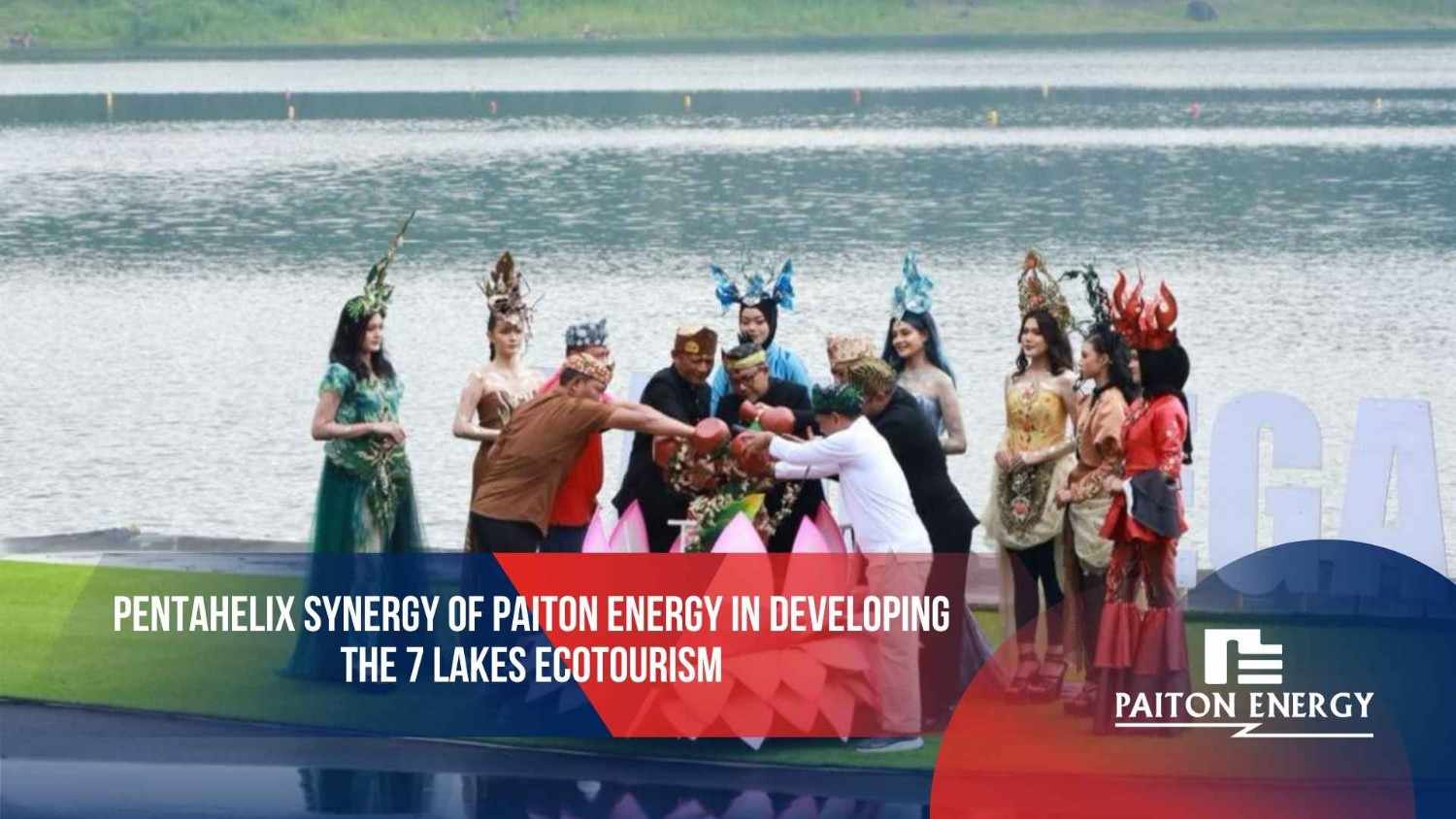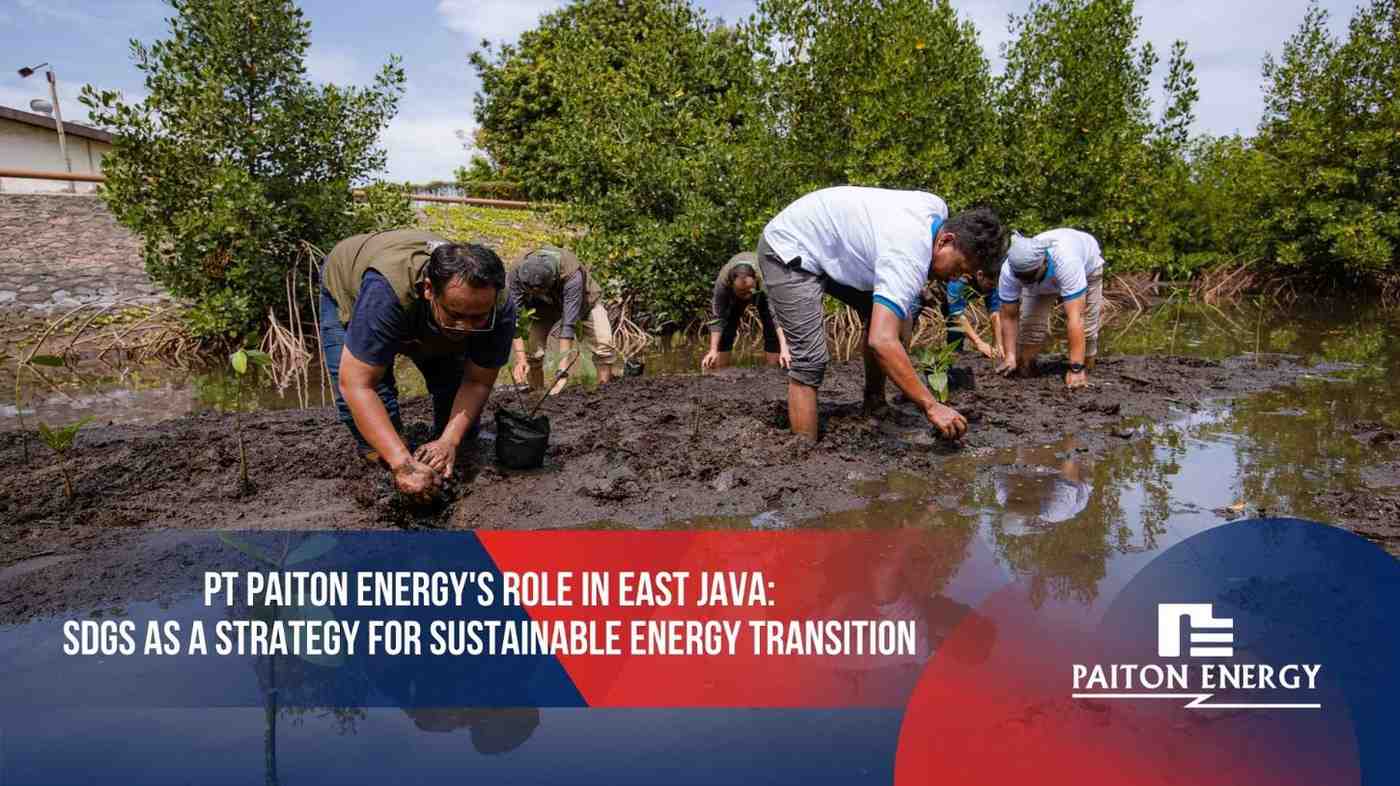Understanding how a Pembangkit Listrik Tenaga Uap (PLTU), or Steam Power Plant, works is important considering the major role these facilities play in providing national electricity supply. Steam power plants are among the primary sources of electricity in many countries, including Indonesia.
This system relies on thermal energy from fuel combustion to produce steam, which is then used to drive a turbine and the turbine is coupled with a generator to produce electricity.
To better understand this, let’s find out how a PLTU works as a whole, as well as how efficient it is and its impact on the environment.
Basic Principles of How a Steam Power Plant Works
A steam power plant is a power plant that uses high-pressure steam as its main driving force. This steam is obtained from heating water using fuels such as coal, natural gas, or petroleum. After that, the steam will drive the turbine and generator to produce electricity.
The way a steam power plant works includes three main stages of energy conversion: from chemical energy to heat energy, then to mechanical energy, and finally to electrical energy. This process requires a highly integrated and efficient system.
Stages of energy conversion from fuel to electricity:
The way a PLTU works involves several complex but well-structured stages of energy conversion. Here are the three main stages in energy conversion at a PLTU:
Chemical energy in fuel is converted into heat energy.
The first stage begins with the combustion of the fuel in a boiler. Fuel such as coal or natural gas is burned to produce large amounts of heat. This heat is used to heat water to its boiling point, turning it into high-pressure steam.
The heat energy is converted into mechanical energy.
The high-pressure steam produced is then channeled to a steam turbine. In the generator, steam pressure is used to spin the turbine blades at high speed. This process converts the heat energy from the steam into mechanical energy in the form of the turbine’s rotational motion.
Mechanical energy is converted into electrical energy.
The mechanical energy from the turbine’s rotation is then passed on to an electric generator. This generator works on the principle of electromagnetic induction, where the mechanical movement of the turbine produces an electric current that can be distributed to the electricity distribution network.
Impact of Energy Efficiency of the PLTU Working System
Efficiency is one of the important aspects in PLTU operations, because it affects the optimization of fuel conversion into electrical energy. The level of efficiency also affects the environmental aspects of electricity generation activities
PLTU Paiton units 3, 7, and 8 operated by PT Paiton Energy and PT POMI produce large amounts of electricity with significant coal consumption, for example Unit 3 which produces around 6.4 million MWh per year with coal consumption of around 3 million tons per year.
Improved system efficiency can optimize coal usage thereby reducing fuel consumption and electricity production costs.
PLTU has advantages in competitive generation capacity and operational costs. However, the environmental aspects of its operations still require attention and sustainable management
In developing countries, PLTU remains relevant because it is able to provide a stable electricity supply to support economic growth. Therefore, the transition to cleaner power plants needs to be carried out gradually, while continuing to increase the efficiency of existing PLTUs.
As one of the important sources in meeting global electricity needs, understanding how coal-fired power plants work and their energy conversion processes can help evaluate the extent to which these systems optimally convert thermal energy into electricity.
Technological developments continue to provide opportunities to improve coal-fired power plant efficiency, while reducing environmental impacts, including greenhouse gas emissions.
With the right approach, coal-fired power plants can continue to play a role in the global electricity system while supporting the transition to cleaner and more sustainable energy.




